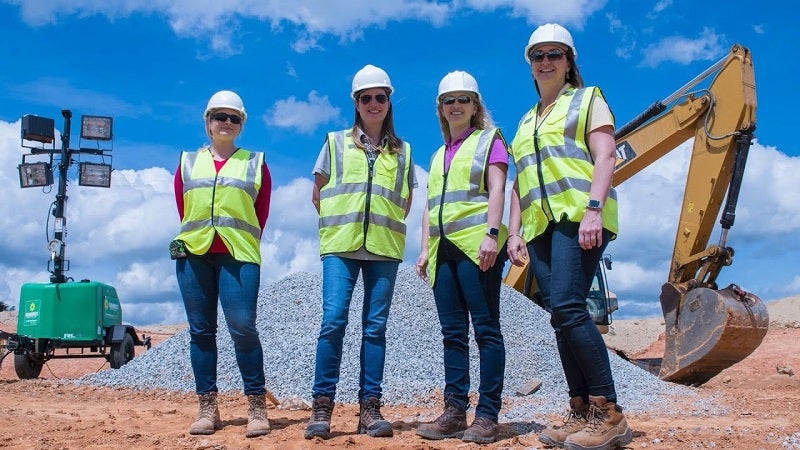
The Federal Aviation Administration (FAA) in the US has dedicated a new air traffic control (ATC) building at the Piedmont Triad International Airport (GSO) in North Carolina, US.
The 180ft-high tower comprising a 550ft² cab can house up to eight positions for air traffic controllers, while the 15,650ft² base accommodates the Terminal Radar Approach Control (TRACON) comprising up to ten radar positions.
TRACON has the capability to control airspace within the airport’s 60-mile radius of the airport and incorporates advanced communications and navigation tools.
FAA deputy administrator Bradley Mims said: “In North Carolina, where there are many aviation firsts, this is a notable moment.
“The new tower will allow the airport to keep up with the increased demand in and out of this busy region.”
FAA added that the new tower called has been named after the late-US Senator Kay Hagan of North Carolina, whose efforts helped secure financing for building the tower.
How well do you really know your competitors?
Access the most comprehensive Company Profiles on the market, powered by GlobalData. Save hours of research. Gain competitive edge.

Thank you!
Your download email will arrive shortly
Not ready to buy yet? Download a free sample
We are confident about the unique quality of our Company Profiles. However, we want you to make the most beneficial decision for your business, so we offer a free sample that you can download by submitting the below form
By GlobalDataConstruction works for the Senator Kay Hagan Air Traffic Control Tower began in April 2019, with the project entailing an investment of $58m.
The design, procurement, and construction works of the tower were led by women engineers.
The new tower will serve as a replacement for the 90ft-high tower, which has been in service since 1974.
GSO is said to be the fourth busiest airport in North Carolina, and the new tower is the second tower commissioned in the state in 2022.
Regarding the development, GSO executive director Kevin Baker said: “The new tower is critical to the airport’s continuing mission to be a place of aerospace economic development. It enables the growth of the airport’s footprint and at the same time provides increased safety and efficiency of operations.”



